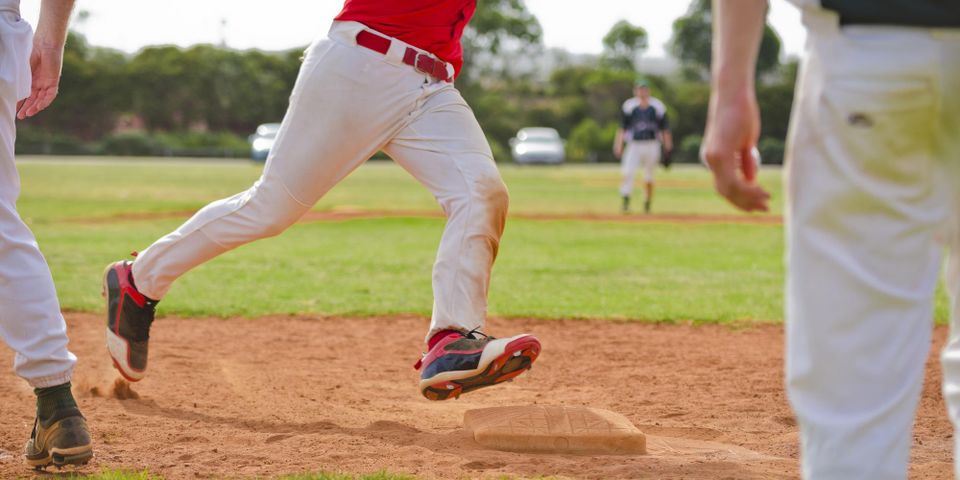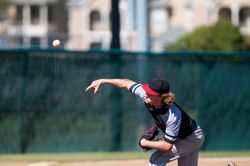3 Common Sports Injuries Associated With Baseball

For many sports enthusiasts, spring’s the time to get excited about baseball season, especially for those who play. If you’re a parent of a player, you might have some reservations about the sports injuries that can occur during the game. To help you get ready for the season, here are a few common injuries associated with America’s favorite pastime, how your player can prevent them, and how they can be treated.
A Guide to Baseball Injury Prevention & Treatment
1. Muscle Strains
Intense and sudden movements like running bases can cause hamstrings, calves, quadriceps, and other muscle groups to tear. While most strains are mild, they can cause serious discomfort, limit mobility, and impact performance.
In typical cases, ice application can reduce swelling, heat therapy can soothe tension, and rest can promote the healing process. If the sports injury is severe, your player may need to splint the affected muscle until it recovers.
Stretching and warming up before activity helps the muscle tissue become more flexible, reducing the risk of a tear. During training, muscle strengthening and form-correcting exercises can also help reduce risk.
2. Torn Rotator Cuff
 Baseball players — especially pitchers — engage in frequent overhand throwing, which can place stress on the shoulder area. This can sometimes cause a group of muscles and tendons in the shoulder known as the rotator cuff to tear. In addition to causing pain while throwing, the shoulder area can be extremely tender.
Baseball players — especially pitchers — engage in frequent overhand throwing, which can place stress on the shoulder area. This can sometimes cause a group of muscles and tendons in the shoulder known as the rotator cuff to tear. In addition to causing pain while throwing, the shoulder area can be extremely tender.
Treating rotator cuff tears almost always requires players to take time away from throwing so that the shoulder can rest. Once the rotator cuff heals, the shoulder can be retrained to return to its throwing ability.
To prevent rotator cuff tears, regular shoulder stretching is imperative. Since weak scapular muscles can increase the risk of tearing, it’s also important to strengthen these muscle groups.
3. Torn ACL
In order to hit a baseball, players must use their legs for stability while rotating their core to swing. This combination of movements can tear the ACL, a ligament that supports the knee joint. When this happens, athletes will feel a pop in the knee followed by swelling and immobility.
Typically, the first stage of treatment is to rest, ice, compress, and elevate the affected leg. If the tear is serious, players will likely need to complete some form of physical therapy, as well as wear a brace.
In terms of prevention, strengthening all core, gluteal, and leg muscle groups is recommended. Doing so will help reinforce the knee to better protect it from the impact.
When sports injuries take you or your child out of the game, Orthopaedic Associates of Rochester is here to help with healing. Serving athletes of all ages, this team of board-certified orthopedic doctors diagnoses and treats many baseball-related injuries, such as muscle sprains, torn ACLs, and torn rotator cuffs. To learn more about their treatment and surgical options, visit this specialist online. For appointments, call (585) 723-3000.
About the Business
Have a question? Ask the experts!
Send your question

